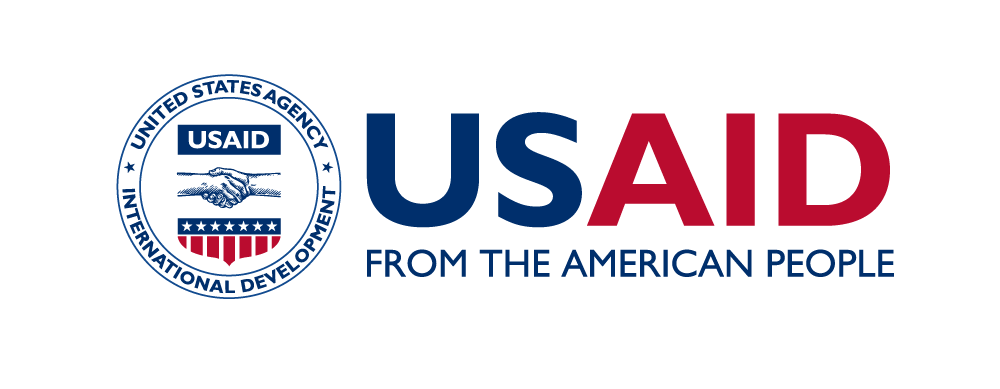-
Who We Are
WHO WE AREThe International Organization for Migration (IOM) is part of the United Nations System as the leading inter-governmental organization promoting since 1951 humane and orderly migration for the benefit of all, with 175 member states and a presence in over 100 countries. IOM has had a presence in Nigeria since 2002.
About
About
IOM Global
IOM Global
-
Our Work
Our WorkAs the leading inter-governmental organization promoting since 1951 humane and orderly migration, IOM plays a key role to support the achievement of the 2030 Agenda through different areas of intervention that connect both humanitarian assistance and sustainable development.
- Data and Resources
- Take Action
- 2030 Agenda
Objective
The Rapid Response Fund (RRF) is a small grant mechanism that provides rapid humanitarian assistance to communities during external shocks resulting from natural and/or man-made disasters. In Nigeria, the RRF is implemented in Borno, Adamawa, and Yobe States through the provision of grants to national and international non-governmental organizations, allowing for immediate access to funds for life-saving interventions.
When is RRF Activated
The RRF will be activated in the event of:
- Conflict-induced population displacement (both newly displaced and newly accessible), or;
- Natural hazards, such as floods, fires, etc., that result in displacement, asset losses, and/or significant health threats.
Targeted Sectors
- Shelter and Settlements
- Water, Sanitation and Hygiene (WASH)
- Protection
- Multipurpose Cash Assistance
Who Can Apply
The RRF will support national and international NGOs that are working in disaster-affected areas of Borno, Adamawa, and Yobe States in Nigeria and have the capacity to swiftly implement specific emergency interventions that meet the needs of communities affected by natural or man-made disasters.
Selected organizations, in close coordination with IOM and local communities, will serve beneficiaries who are identified as the most vulnerable individuals in the affected communities, be they returnees, IDPs, or others in need of direct life-saving assistance.
Eligibility
To be eligible to receive funds from the RRF Nigeria, applicants must meet the following basic conditions:
- Registered nationally and at the state level as a humanitarian organization or non-profit organization;
- Obtained a Unique Entity ID (UEI) or expressed willingness, with RRF support, to complete the registration process;
- Established sectorial competence in the area of potential intervention to be supported by the sub-grant;
- Established geographical presence in the area of operation or established capacity to mobilize over a short period of time;
- Able to meet standards of financial probity acceptable to IOM/UN, with IOM able to provide additional support as needed within the context of Nigeria;
- Capacity to meet M&E and reporting requirements established by RRF Nigeria;
- Must have a Code of Conduct (CoC) conforming to international standards 13 or agree to adapt the RRF-Nigeria CoC based on IOM’s policies and practices;
- Must agree to restrictions and conditions relating to ineligible goods, restricted goods, and suppliers as set out in Annex V, BHA Guidelines for Proposals.
- Must agree to be vetted through the provided search engines, such as the System of Award Management (SAM), Office of the Inspector General (OiG), and OFAC.
Application Procedure
a) Contact RRF Nigeria via email at RRFNigeria@iom.int with information on the proposed intervention, including location, target population, and needs assessment (See Annex I Organizational Information Form).
b) In order to apply for RRF funds, prospective organizations should complete:
- Annex II – Proposal
- Annex III – Budget and Workplan Logframe
c) These documents can be found below or requested from the RRF staff: RRFNigeria@iom.int
Selection Criteria
Selection Criteria
Proposals will be selected based on their alignment with the RRF Guidelines according to the four key sectors and associated activities and the requirements set forth in this RRF Guideline document. A Proposal template is attached as Annex II.
Grants will be allocated according to the following principles:
- Funding is granted based on proposals (including adherence to Sector and Sub-sector requirements) from organizations with the capacity to respond;
- Proposals respond to acute humanitarian needs caused by an external shock;
- Proposals should establish clear connections between identified needs and proposed activities, and reference those specific needs assessments and data sources (i.e., IRNAs, SMART survey results, clinical data);
- Proposals do not duplicate existing activities able to meet the current needs implemented by the same applicant or other organizations. The applicant must coordinate with the relevant Cluster(s); and the RRF team will consult with the relevant Cluster(s) to ensure activities fit within the sector strategy for the particular emergency response;
- The proposed activities assure the maximum coverage of regions and population, as well as the different target beneficiaries; (including vulnerable populations such as older persons, female-headed households, and people leaving with disabilities);
- Realistic exit or transition strategies are referenced, describing the planned transition of activities and any steps planned to continue the program post-RRF Nigeria funding;
- Cost-effectiveness;
- Articulation of synergies with existing community resources.
Guidelines
- Guidelines for Borno, Adamawa and Yobe States
-
Forms to Include
- Annex I. Organization Information form
- Annex II. Proposal Template
- Annex III. Budget/Logframe Workplan template
- Annex IV. IOM Data Protection Principles
- Annex V. Guidelines for Rapid Response Fund
This project is sponsored by:
